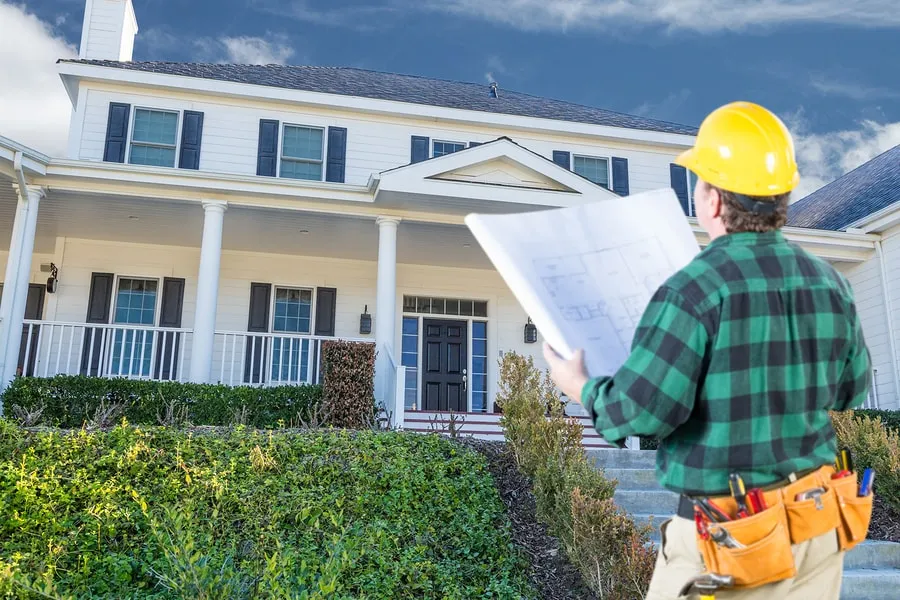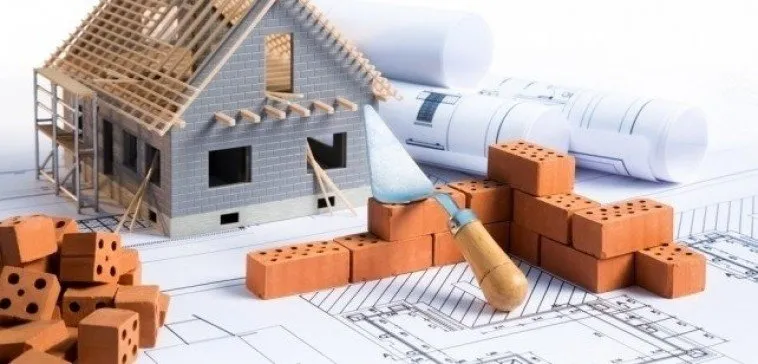Some steel products have tripled in price since the beginning of last year, most timber has at least doubled, but overall there has been an increase of 15-20%. What is the cause and where does it end?
Workforce
Increasing demand and declining skills are the main reasons why labour has been rising steadily for years. Some professions have seen their hourly wages double since the beginning of 2020, and as a result some sectors have become highly diluted... so you have to be careful who you work with. It is always recommended to hire an expert construction manager/technical inspector: he will charge you a few dozen dollars, but it will save you millions of dollars in theft, replacement or litigation...

Image source: https://d1d81vmw1yvc7o.cloudfront.net.
Why have prices gone up?
Lack of raw materials and growing market demand are the obvious reasons: there are a lot of construction projects going on at the same time due to heavy state subsidies, plus subsidies for renovation - but these are just the Hungarian lines. István Jáger, managing director of Vas-Fémker Kft, told Index (a Hungarian online news website): "We are also trying to order steel products for August to ensure that we have a secure supply and can serve our customers." On the shortage of raw materials, he said that China has "sucked it up", there is not enough iron scrap left, the price of which has thus increased. "Even if there is no extra market demand, the factories that export to Hungary are not able to serve the normal market demand well, and those that export to Hungary also prefer to sell most of their products on their local market first".

Image source: https://media.tehrantimes.com.
How long can it last?
According to István, sooner or later the price increases will stop, the main question is when, but it is too early to say. His own opinion is that prices will not go down before September-October, and it is also a question of where the price increase will stop. According to the company manager, the price of steel was around $0.50 USD a kilo last year, now it is over $1.05 USD, and it will certainly not fall below $0.88 USD this year. "There will not be a drastic price drop, because there are projects under contract and the demand is there. If the factories can improve in production, we can expect a gradual, slow decrease, but there will be no price levels like last year," he added.
Where is the main problem?
István says that there is no fear of a shortage of materials, so major projects will definitely be completed. Those who are in trouble are those who are building a family house, for which they took out a loan last year or the year before, but the amount of money they borrowed will certainly not be enough to finish it - and there are more and more half-finished brick-built for sale signs...

Image source: https://www.maglod.hu.
Let's compete with foreigners!
The Prime Minister's Chief Economic Advisor, Márton Nagy, spoke at the Portfolio construction conference about the abuse of dominance by foreign construction materials companies. According to him, the market is terribly concentrated: Hungarian companies account for 46% of total construction materials turnover, while foreign-owned companies account for 54%. This would not be a problem in itself, but the 46% share is made up of thousands of Hungarian companies, while the rest of the sector is made up of only 5 foreign companies.
According to Márton Nagy, it is important to see the challenges facing the construction sector as a top priority, just as it is important to find appropriate solutions. In his presentation, the Prime Minister's chief economic policy advisor summarised the challenges and possible solutions to them as follows: VAT issues for developments in the rust belt, amending the issue of the occupancy permit, simplified procedures for shopping centres - the amendment of the "mall option law" due to Covid, regulating the spatial and temporal issues of archaeology, and dealing with the issue of Hungary's protection of historical monuments.
